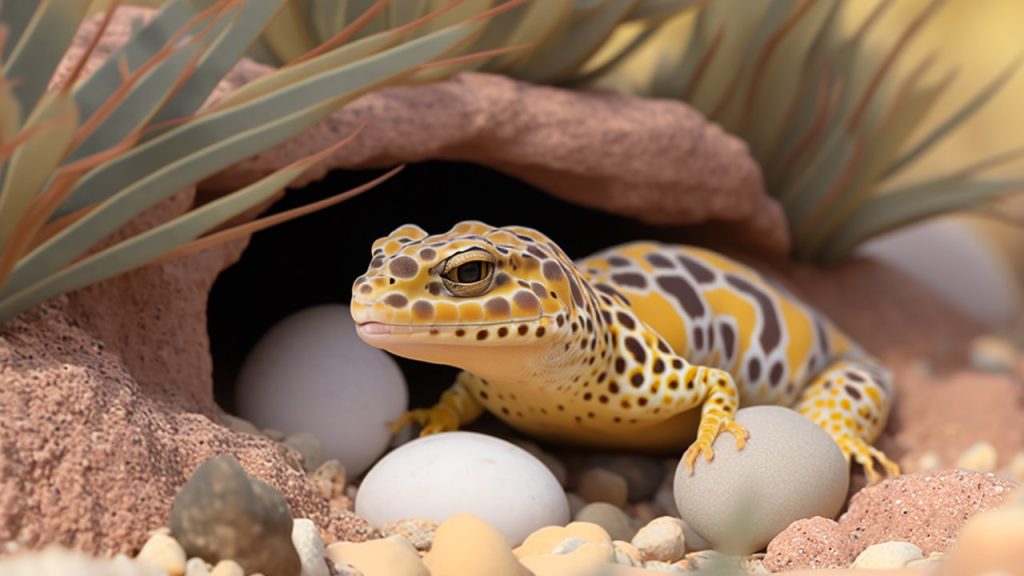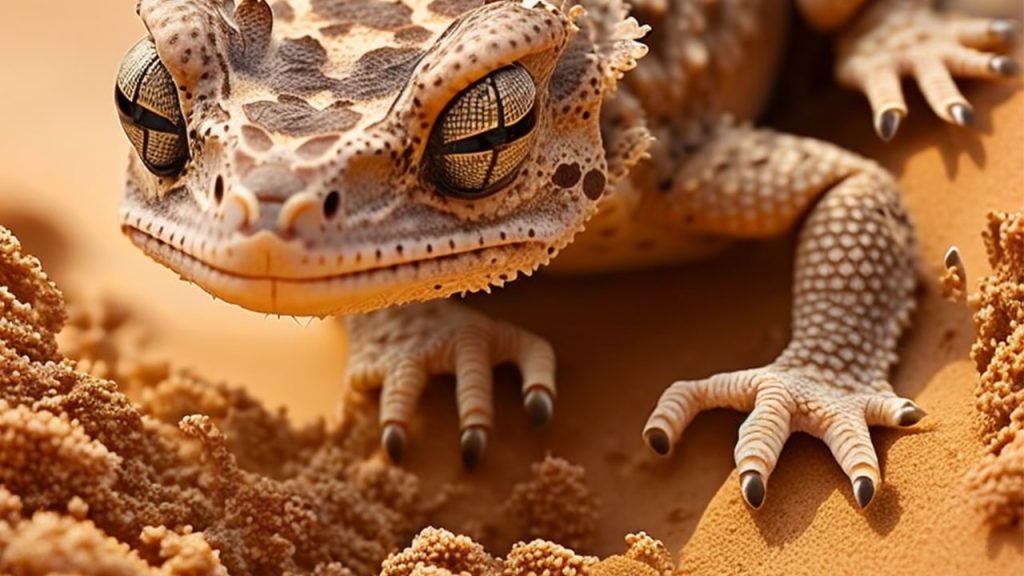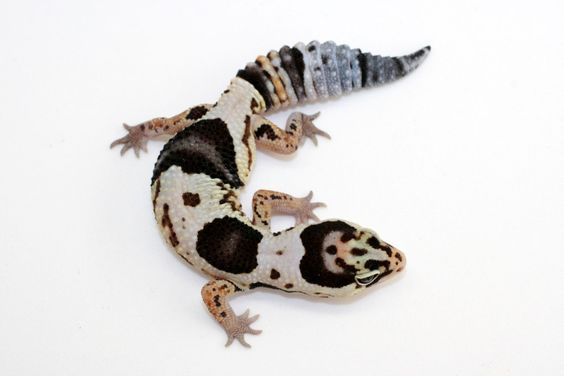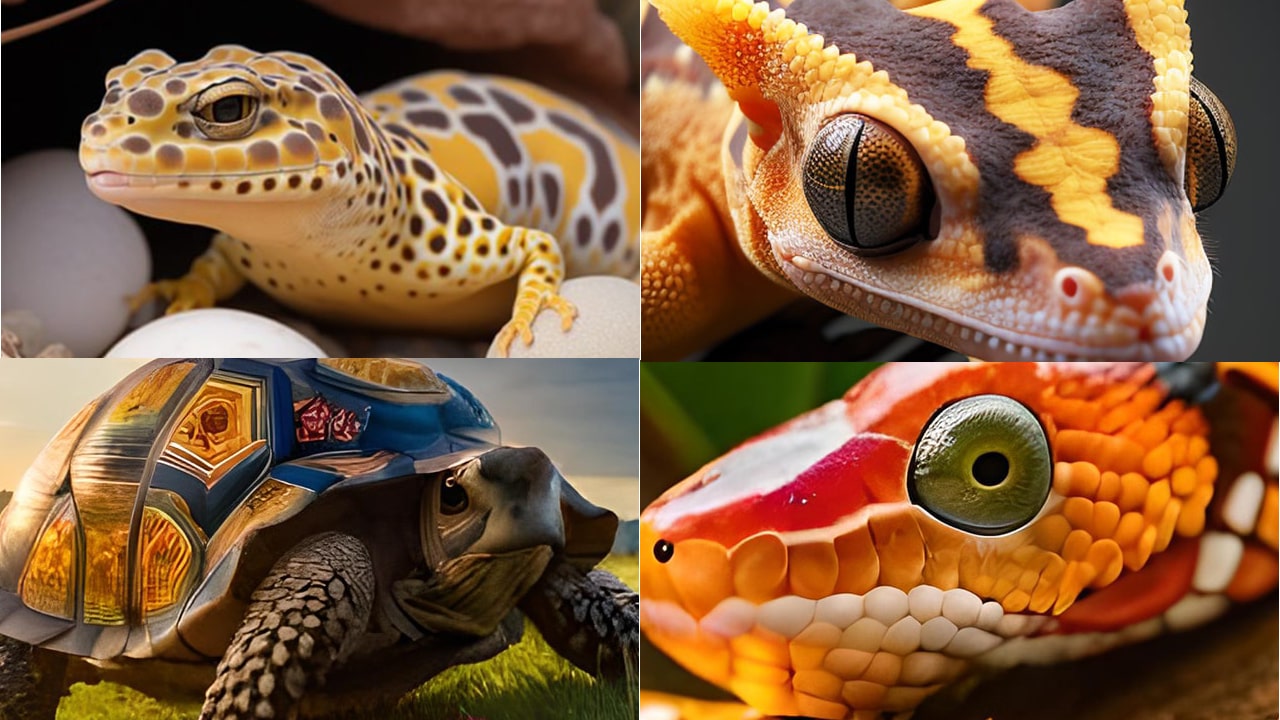Breeding reptiles can be a rewarding and profitable venture for reptile enthusiasts. Whether you are an experienced breeder or just starting out, choosing the right reptile species is crucial for success. In this article, we will explore some of the easiest reptiles to breed for profit and provide essential insights on how to establish a thriving reptile breeding business.
Breeding reptiles for profit has gained popularity in recent years due to the increasing demand for exotic pets. With the right knowledge, resources, and dedication, it is possible to turn your passion for reptiles into a profitable venture. However, it’s important to understand the factors involved and choose reptiles that are relatively easy to breed. Let’s dive into the world of reptile breeding and discover some lucrative options.
Contents
Why Breeding Reptiles for Profit?
Breeding reptiles for profit offers several advantages. Firstly, it allows reptile enthusiasts to contribute to the captive breeding efforts, reducing the demand for wild-caught specimens. Secondly, it provides an opportunity to work with a diverse range of reptiles, learning about their unique behaviors and biology. Lastly, it can be a financially rewarding endeavor, allowing breeders to generate income while doing something they love.
Factors to Consider Before Breeding Reptiles
Before embarking on the journey of reptile breeding, several factors should be considered to ensure success and profitability.
Legal Requirements
It is crucial to familiarize yourself with the legal requirements and regulations regarding reptile breeding in your area. Some species may have specific permits or licenses necessary for breeding and selling. Familiarize yourself with the laws and ensure compliance to avoid any legal issues down the line.
Expertise and Knowledge
Proper knowledge and expertise about the reptile species you intend to breed are essential. Understanding their unique requirements, breeding behaviors, and potential health issues will contribute to your success as a breeder. Research extensively, consult experienced breeders, and join reptile communities to enhance your understanding.
Initial Investment
Breeding reptiles requires an initial investment in proper enclosures, heating and lighting equipment, breeding pairs, and incubation setups. Calculate your budget and ensure you have the necessary funds to provide the best possible care for your reptiles.
Market Demand
Before selecting a reptile species to breed, consider the market demand for that particular species. Conduct market research, check online forums, and consult pet stores to gauge the popularity and potential profitability of the species you’re interested in.
Care and Maintenance
Breeding reptiles involves long-term commitment and responsibility. Ensure you have the time and resources to provide proper care and maintenance for your breeding colony. This includes regular cleaning, feeding, monitoring health, and providing appropriate environmental conditions.
Easiest Reptiles to Breed for Profit
Now let’s explore some of the easiest reptiles to breed for profit. These reptile species are known for their relatively straightforward breeding behaviors and high demand in the pet trade market.
Corn Snakes

Corn snakes (Pantherophis guttatus) are popular beginner reptiles and excellent candidates for breeding. They come in a wide range of colors and patterns, making them attractive to reptile enthusiasts. Corn snakes are relatively easy to care for, have high fertility rates, and produce numerous hatchlings.
Leopard Geckos

Leopard geckos (Eublepharis macularius) are small, docile reptiles that are relatively easy to breed. They have a simple reproductive process, and females can lay multiple clutches per year. Leopard geckos have a steady market demand, especially for their unique morphs and color variations.
Ball Pythons

Ball pythons (Python regius) are one of the most popular reptiles in the pet trade. They have a calm temperament, and their breeding requirements are relatively straightforward. Ball pythons are available in numerous morphs, which adds to their appeal in the market.
Kenyan Sand Boas

Kenyan sand boas are small, docile snakes that are relatively simple to breed. They have a high reproductive potential and can produce multiple litters of live offspring. The unique appearance of Kenyan sand boas appeals to reptile enthusiasts, ensuring a market for their offspring.
Russian Tortoises

Russian tortoises are popular reptiles due to their small size, low maintenance requirements, and long lifespan. They are relatively easy to breed, and their hatchlings are highly sought after. The market demand for Russian tortoises, both as pets and educational animals, makes them a profitable choice for reptile breeding.
Gargoyle Geckos

Gargoyle geckos are visually stunning reptiles known for their unique appearance and ease of care. They are relatively easy to breed, and their offspring often command high prices in the market. Gargoyle geckos offer an exciting breeding opportunity for reptile enthusiasts looking for a profitable venture.
Bearded Dragons

Bearded dragons (Pogona vitticeps) are charismatic reptiles that make excellent pets. Breeding bearded dragons can be a rewarding experience, as they have a relatively simple reproductive process. Bearded dragons also have a steady demand in the pet trade market.
Crested Geckos

Crested geckos (Correlophus ciliatus) are known for their stunning appearance and ease of care. They are ideal for breeders looking for a smaller-sized reptile with a relatively simple breeding process. The market demand for crested geckos, especially unique color morphs, remains high.
Red-Eared Sliders

Red-eared sliders (Trachemys scripta elegans) are popular aquatic turtles commonly bred for the pet trade. While their breeding requires aquatic setups, the process is relatively straightforward. Red-eared sliders have a consistent market demand and are suitable for breeders interested in aquatic reptiles.
African Fat-Tailed Geckos

African fat-tailed geckos (Hemitheconyx caudicinctus) are similar to leopard geckos but have distinctively patterned tails. They are relatively easy to breed and have a loyal following in the reptile community. African fat-tailed geckos can be a profitable choice for breeders.
Tips for Successful Reptile Breeding
To successfully breed reptiles, certain key considerations must be taken into account throughout the process. To ensure successful reptile breeding, follow these essential tips:
- Maintain appropriate housing conditions, including temperature, humidity, and lighting.
- Provide a proper diet and nutrition for both the adult reptiles and their offspring.
- Conduct thorough research on the specific breeding requirements of each reptile species.
- Monitor and document the reproductive cycles of your reptiles.
- Seek advice and guidance from experienced breeders or herpetologists.
- Regularly observe and assess the health and well-being of your breeding reptiles.
Proper Enclosure Setup
Provide appropriate enclosures that replicate the natural habitat of the reptile species you are breeding. This includes providing adequate space, temperature gradients, hiding spots, and suitable substrates.
Temperature and Lighting Requirements
Maintain the correct temperature and lighting conditions according to the specific needs of your reptile species. Temperature gradients and UVB lighting are crucial for reptile health and breeding success.
Feeding and Nutrition
Ensure your breeding reptiles receive a balanced and nutritious diet. Research the dietary requirements of your species and provide appropriate food items, including live insects, rodents, fruits, and vegetables.
Breeding Season and Pairing
Understand the breeding season and behaviors of your reptile species. Provide the appropriate conditions, such as temperature changes or specific lighting cycles, to stimulate breeding behavior. Pair compatible male and female reptiles during the breeding season.
Incubation and Hatching
If your reptile species lay eggs, set up a separate incubation container with suitable temperature and humidity levels. Follow proper incubation procedures to maximize hatchling success rates.
Care for Hatchlings
Once the hatchlings emerge, ensure their proper care and housing. Provide suitable enclosures, maintain proper temperature and humidity, and feed them appropriately sized prey items. Monitor their health and growth carefully.
Marketing and Selling Your Reptiles
After successfully breeding reptiles, it’s essential to market and sell your offspring effectively. Consider the following strategies, Once you have successfully bred a clutch of reptiles, you need to consider how to market and sell them. Here are some strategies to maximize your profits:
- Establish an online presence through a website or social media platforms.
- Participate in reptile expos and trade shows to showcase your reptiles.
- Collaborate with local pet stores or reptile breeders to reach a broader customer base.
- Provide clear and accurate information about the reptiles you are selling.
- Ensure proper packaging and shipping methods when selling reptiles online.
Online Platforms and Reptile Forums
Utilize online platforms such as reptile-specific websites, forums, and classified ads to advertise and sell your reptiles. Take high-quality photos and provide detailed descriptions to attract potential buyers.
Local Reptile Expos and Pet Stores
Participate in local reptile expos or establish relationships with pet stores that sell reptiles. These platforms provide opportunities to showcase your breeding projects and connect with potential customers.
Advertising and Social Media
Create a strong online presence by leveraging social media platforms such as Facebook, Instagram, and YouTube. Share captivating content, engage with reptile enthusiasts, and promote your breeding business.
Building a Reputation and Customer Base
Focus on providing exceptional customer service and maintaining the health and quality of your reptiles. Positive reviews and word-of-mouth recommendations can significantly contribute to your reputation and attract repeat customers.
Challenges and Risks in Reptile Breeding
While reptile breeding can be rewarding, it also comes with challenges and risks that breeders should be aware of.
Health Issues and Disease Prevention
Reptiles are susceptible to various health issues, including respiratory infections, parasites, and nutritional deficiencies. Implement proper hygiene practices, quarantine new reptiles, and consult a reptile veterinarian for regular check-ups to minimize health risks.
Breeding Failures and Low Demand
Breeding reptiles is not always successful, and you may encounter breeding failures or produce fewer hatchlings than anticipated. Additionally, market demand for certain reptile species can fluctuate, potentially affecting the sale of offspring.
Ethical Considerations
Ensure your breeding practices align with ethical standards. Avoid inbreeding and focus on maintaining genetic diversity within your breeding colony. Educate potential buyers about responsible reptile ownership and provide proper care guidelines.
Legal Restrictions and Regulations
Stay informed about the legal requirements and restrictions regarding reptile breeding, transport, and sales. Comply with local and international laws to avoid legal issues that could harm your business.
Easiest Reptiles to Breed: A Beginner’s Guide
Conclusion
Breeding reptiles for profit can be a fulfilling and profitable venture for reptile enthusiasts. By selecting the right reptile species, acquiring the necessary knowledge, and implementing proper breeding practices, you can establish a successful breeding business. However, it’s important to consider the factors involved, provide the best care for your reptiles, and adapt to the challenges and risks that may arise. Start your reptile breeding journey with passion, dedication, and a commitment to the welfare of these fascinating creatures.
FAQs
1. How much money can I make by breeding reptiles?
The profit potential varies depending on the reptile species, market demand, and your breeding efforts. While some breeders generate a significant income, others may see more modest returns. Conduct thorough market research and consider the expenses involved to estimate potential profits.
2. Are there any specific legal requirements for reptile breeding?
Legal requirements for reptile breeding differ by region and species. Research and comply with local laws, permits, and regulations regarding reptile breeding, transport, and sales. It’s crucial to ensure you are operating within the legal framework.
3. How long does it take for reptiles to reach breeding age?
The time it takes for reptiles to reach breeding age varies depending on the species. Some species may reach sexual maturity within a year or two, while others may take several years. Research the specific species you’re interested in breeding to understand their growth and maturity timeline.
4. What should I do if my reptiles fail to breed?
Breeding failures can happen for various reasons. Assess the environmental conditions, health status, and pairing compatibility of your reptiles. Consult experienced breeders, make adjustments as necessary, and be patient. Sometimes it takes time and experimentation to achieve successful breeding.
5. Can I breed reptiles as a part-time endeavor?
Yes, reptile breeding can be pursued as a part-time endeavor alongside other commitments. However, it still requires consistent care, time, and attention. Ensure you can dedicate the necessary resources and provide proper care to your breeding reptiles, even if you are breeding on a smaller scale.


